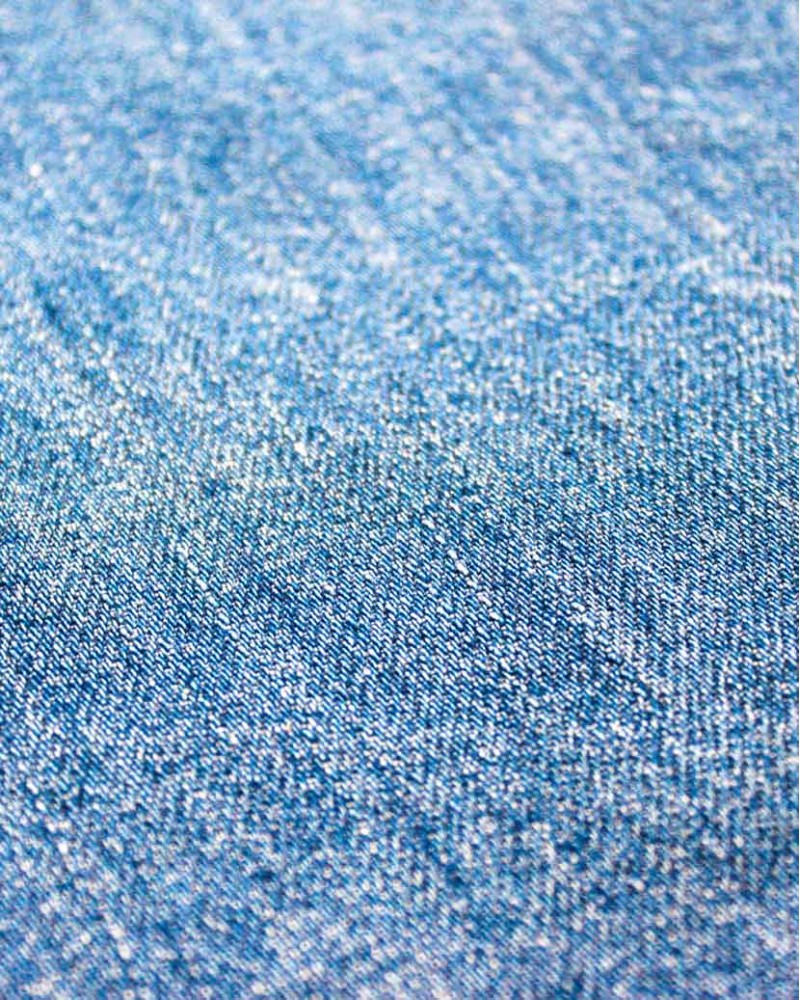sulphur dye manufacturers
The Role and Growth of Sulphur Dye Manufacturers in the Textile Industry
The textile industry is a vibrant and essential sector of the global economy, engaged in the process of transforming raw materials into finished products that cater to the diverse needs of consumers. Among various materials used in textile coloring, sulphur dyes have emerged as a vital component. These dyes are widely recognized for their affordability, excellent washfastness, and ability to create a broad spectrum of colors, particularly in the dyeing of cotton and other cellulosic fibers. This article delves into the importance of sulphur dye manufacturers, their processes, challenges, and the future of this niche within the textile industry.
Understanding Sulphur Dyes
Sulphur dyes are a class of colorants that are derived from sulphur compounds. Their unique chemical structure allows them to form bonds with cellulosic fibers, making them particularly suitable for dyeing cotton textiles. The dyeing process usually involves converting these dyes into soluble forms that can penetrate the fibers, followed by a reduction phase that ensures compatibility with water. Once inside the fibers, sulphur dyes are re-oxidized to yield the desired color.
One of the primary reasons for the widespread acceptance of sulphur dyes in the textile industry is their cost-effectiveness. They are more economically viable compared to reactive or vat dyes, making them the preferred choice for mass production. Additionally, sulphur dyes offer excellent resistance to washing, light, and other environmental factors, ensuring that garments retain their appearance even after multiple washes.
The Role of Sulphur Dye Manufacturers
Sulphur dye manufacturers play a crucial role in the textile supply chain. They not only produce these colorants but also innovate and develop new shades and formulations to meet changing market demands. Sustainable practices have become increasingly important in dye production, leading many manufacturers to explore eco-friendly production methods and raw materials.
Manufacturers are often involved in research and development to enhance the performance of sulphur dyes, including improving their wash and light fastness properties. This focus on innovation helps brands differentiate their offerings and meet consumer preferences for durable and vibrant textiles.
Moreover, manufacturers work closely with dyeing houses and textile producers to ensure proper application techniques that maximize the benefits of sulphur dyes. The collaboration between manufacturers and end-users is key to addressing challenges related to dyeing processes, such as achieving color consistency across different lots or minimizing water and energy consumption during dyeing.
sulphur dye manufacturers

Challenges Faced by Sulphur Dye Manufacturers
Despite the advantages that sulphur dyes offer, manufacturers face several challenges. One major concern is environmental regulation. The production and use of sulphur dyes can generate hazardous waste, requiring stringent management practices. Manufacturers are under pressure to adhere to governmental regulations and industry standards, pushing them to invest in sustainable technologies and practices.
Another challenge is the competition from alternative dye classes, such as reactive dyes, which offer a wider range of colors and are easier to use in various applications. While sulphur dyes are economical, the industry must continuously innovate to remain competitive and to attract manufacturers and textile producers alike.
The fluctuating prices of raw materials and chemicals can also impact production costs for sulphur dye manufacturers. Supply chain disruptions, economic instability, and geopolitical issues can lead to increased costs, compelling manufacturers to explore local sourcing strategies or alternative raw materials.
Future Prospects for Sulphur Dye Manufacturers
The future for sulphur dye manufacturers looks promising, particularly with the growing demand for sustainable textiles. As consumers increasingly prioritize eco-friendly products, manufacturers can capitalize on their relatively lower environmental impact compared to synthetic dyes. Innovations in dye production processes, such as the use of less hazardous chemicals and improved waste management systems, will further enhance manufacturers' profiles in sustainability.
Moreover, the shift towards digital and automated dyeing technologies presents additional opportunities for sulphur dye manufacturers. By adopting cutting-edge technologies, they can optimize production efficiency, reduce waste, and meet the increasing demands for customization in textile production.
In conclusion, sulphur dye manufacturers occupy a significant niche in the textile industry. Their ability to provide cost-effective, durable, and vibrant color solutions continues to bolster their relevance in a competitive market. By navigating challenges and embracing innovation, these manufacturers are poised for continued growth and success in the years to come.
-
The Timeless Art of Denim Indigo Dye
NewsJul.01,2025
-
The Rise of Sulfur Dyed Denim
NewsJul.01,2025
-
The Rich Revival of the Best Indigo Dye
NewsJul.01,2025
-
The Enduring Strength of Sulphur Black
NewsJul.01,2025
-
The Ancient Art of Chinese Indigo Dye
NewsJul.01,2025
-
Industry Power of Indigo
NewsJul.01,2025
-
Black Sulfur is Leading the Next Wave
NewsJul.01,2025

Sulphur Black
1.Name: sulphur black; Sulfur Black; Sulphur Black 1;
2.Structure formula:
3.Molecule formula: C6H4N2O5
4.CAS No.: 1326-82-5
5.HS code: 32041911
6.Product specification:Appearance:black phosphorus flakes; black liquid

Bromo Indigo; Vat Bromo-Indigo; C.I.Vat Blue 5
1.Name: Bromo indigo; Vat bromo-indigo; C.I.Vat blue 5;
2.Structure formula:
3.Molecule formula: C16H6Br4N2O2
4.CAS No.: 2475-31-2
5.HS code: 3204151000 6.Major usage and instruction: Be mainly used to dye cotton fabrics.

Indigo Blue Vat Blue
1.Name: indigo blue,vat blue 1,
2.Structure formula:
3.Molecule formula: C16H10N2O2
4.. CAS No.: 482-89-3
5.Molecule weight: 262.62
6.HS code: 3204151000
7.Major usage and instruction: Be mainly used to dye cotton fabrics.

